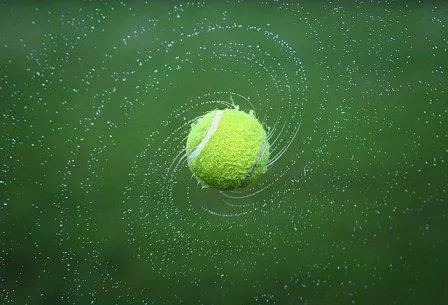
Why do things float?
In a nutshell, objects float when they have positive buoyancy, which means they are less dense than the fluid they are lying in.
Usually objects which are hollow can float on water because air is less dense. This is why huge objects like large ships can float on the surface.
What is buoyancy?
Put simply, buoyancy is just a force, pushing upwards. However, it only applies in certain conditions:
- It has to involve a fluid (liquid or gas, not a solid) e.g. water.
- The fluid should have some density (admittedly a fairly moot point as all fluids have density, except if you’re in a vacuum) but this condition has to be met.
Negative buoyancy
This is where an object will sink in a fluid. In this case the force of gravity on the object is greater than the upward force caused by buoyancy so the object will sink until it hits a solid surface.
The weight of the object will change as well. Although the mass stays the same, the object will weigh less once it’s in the fluid, because buoyancy is still pushing upwards on the object.
For example, a golf ball, or a metal fork will have negative buoyancy in bowl of water and sink to the bottom
Positive buoyancy
This is where an object will float. The buoyant force is so strong that it can fight gravity and the object just rests on top of a fluid.
If you try and force the object into the fluid, the buoyant force would be greater than gravity and the object would propel upwards to the surface. Essentially, it has a negative weight.

For example, a balloon or a ship are positively buoyant in water and will float on the surface.
Neutral buoyancy
This is where an object stays where it is in the fluid.In this situation, the upward buoyant force is equal to the downward force of gravity and the object neither floats nor sinks.
For example, a submarine can be considered to have neutral buoyancy.
Do tennis balls float?
Yes.
Tennis balls are positively buoyant in fluids and therefore they will float in water.

Reasons why tennis balls float
Tennis balls are hollow and are filled with air which means they have less density than the fluid they are in. This is why they will float in a fluid, such as water.
However, although this applies to the standard, pressurized tennis balls you normally use, you can get pressureless tennis balls which are a bit different.
Pressureless tennis balls are quite common for coaches to use because the balls last longer and they don’t lose their bounce. This is because they are not filled with air, but instead have a solid core. If you placed one of these in water, they would have negative buoyancy and consequently, sink until they hit a solid surface.
Conclusion
Although floating tennis balls aren’t much use to you if you’re a keen tennis player, they have some uses away from the sport.
For one, if you’re on a beach holiday and you want to play some throw and catch in a large swimming pool on in the sea, a tennis ball is a great choice as you won’t have to dive underwater every time to retrieve the ball!
Also, dogs love playing with tennis balls so you can have fun with them during your daily walk, and play fetch in a lake or river.
These guys certainly seem to be enjoying themselves J
A word of caution though…
Although some occasional play with a tennis ball is fine for dogs, don’t leave them alone with one of them.
If they start to chew on them, the yellow fuzz on the ball can dislodge and become a choking hazard.
Also, chewing on tennis balls does take its toll on their teeth!
